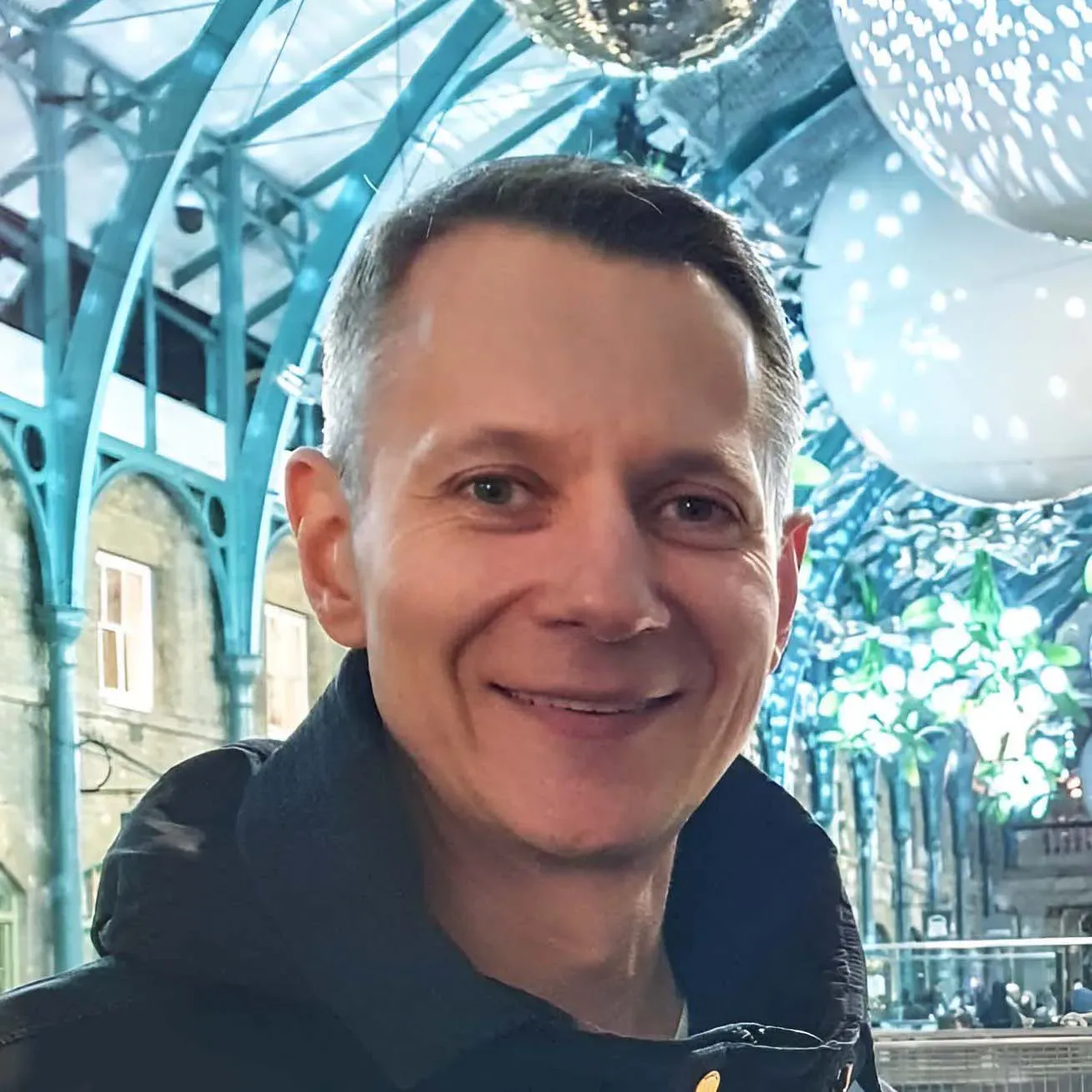Imagine stepping into a world where the lines between imagination and reality blur, a world where your sketches leap off the page and come to life. With the rapid progression of the AI revolution, we aren’t too far from landing in this reality – and the design industry is already at the forefront of this change. More and more designers around the world discover the potential of AI in pushing the limits of their creative processes in every aspect, from ideation and visualisation to streamlining their workflow and pitching concepts to clients.
AI: the designer's new ally
Contrary to common misconceptions, AI isn’t here to replace the designers. In the hands of talented creative professionals, AI can be an invaluable tool that amplifies their capabilities. This way, we are likely to see designers transitioning into the role of art directors, where their deep understanding of design principles, education, and experience guide the AI's output. This collaboration ensures that AI is not a replacement but an extension of the designer's vision.
The power of AI in product design lies in its ability to foster creativity and accelerate the process. By undertaking its more tedious and technical aspects, it frees designers to focus more on ideation and concept development. Designers find themselves spending more time contemplating and refining their products, leading to outputs that are not only visually appealing but also conceptually deeper.
Combatting the randomness
With all the marvels around leveraging AI in creative industries, it’s worth noting that these technologies are still far from being perfect. Most of the AI tools, including the popular DALL-E and Midjourney, are adored and actively used by designers but are still far too random and often overly too creative to be a reliable work asset. They may work wonders when it comes to seeking inspiration for creativity. However, the exact composition and silhouette a designer envisions might take hours to achieve with AI, or may not be achieved at all.
That’s where the sketch-to-image AI tools come into play. Such tools allow designers to guide the AI, marrying their creative vision with the machine’s computational power, to produce results that are both innovative and aligned with the designer's intent.
This technology, a blend of art and algorithm, is transforming the way designers approach the visualisation of their ideas.
Defining Sketch-to-Image AI
At its core, generating images from sketches is a process where a designer's hand-drawn sketch or CAD flat drawing serves as a blueprint for AI-generated visuals. This technology allows designers to set the basic composition or silhouette of a product, guiding the AI in creating a detailed final image. The process begins with the designer providing a sketch, which acts as a skeleton for the AI to flesh out. Along with this, the designer includes a description of what the sketch represents and what they envision in the final image in terms of aesthetics, colours, and materials.
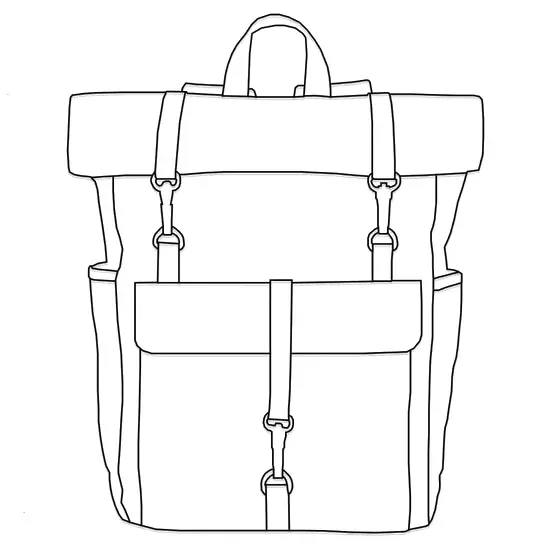
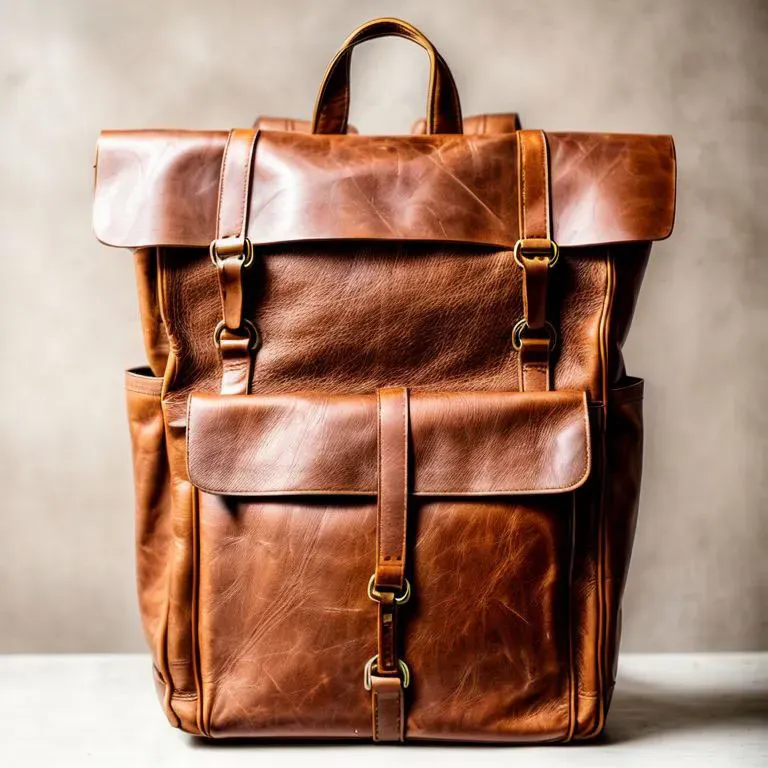
Hand-drawn sketch or CAD flat drawing is a blueprint for the AI-generated visual by NewArc.ai
How AI sketch-to-image software works
Once the AI receives the sketch and description, it adheres to the lines of the sketch to generate a product that aligns with the specified aesthetics, colours, and materials. An interesting aspect of this technology is its ability to interpret not just sketches but also photographs or other images as 'sketches.' In such cases, the AI disregards the colour but follows the contours and edges of the image. This flexibility allows designers to experiment with existing products, envisioning them in different styles, shades, and materials, thereby expanding the scope of their creative exploration.
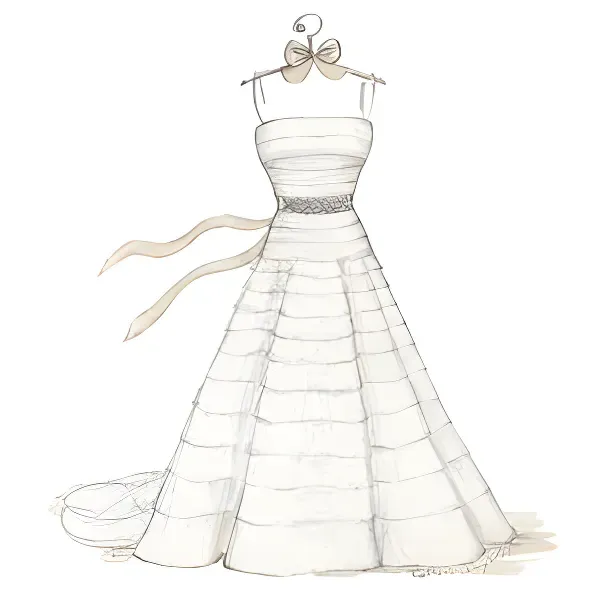
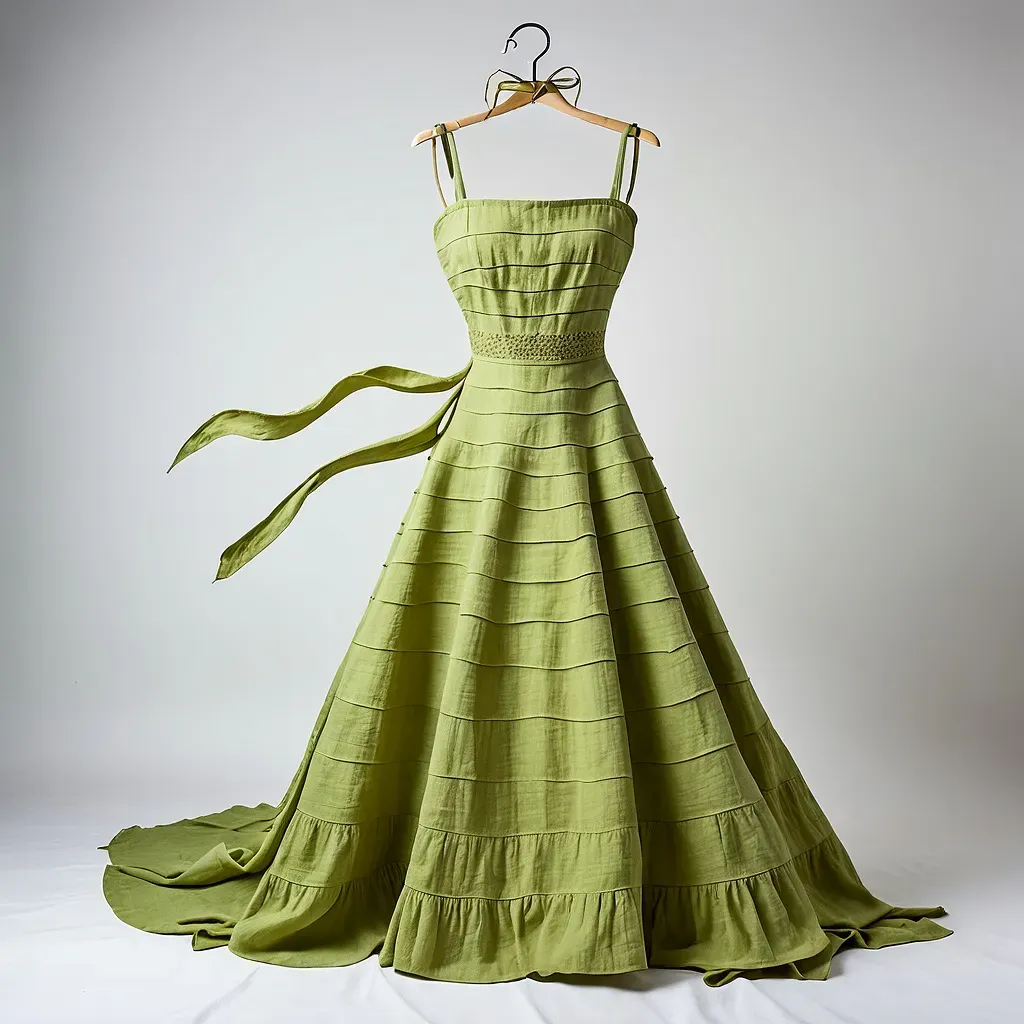
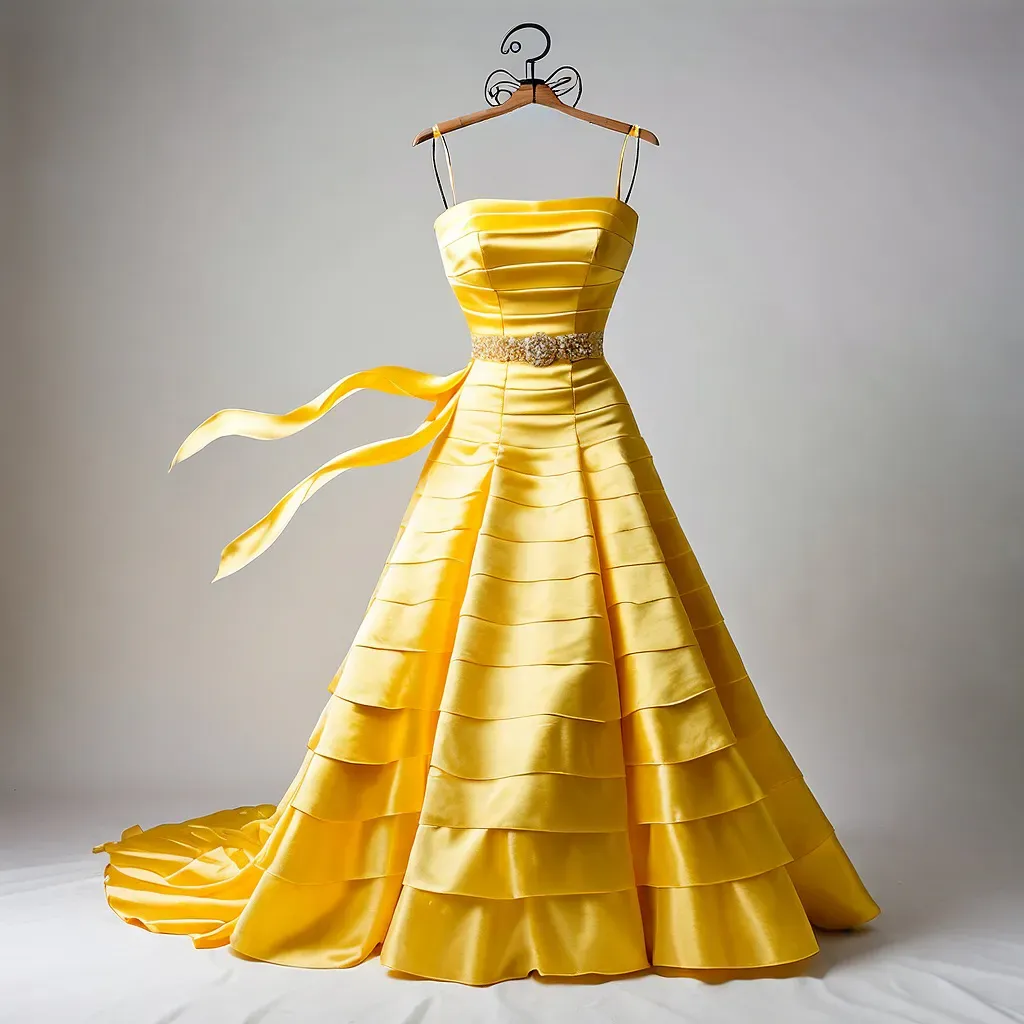
Explore different styles, colors, and materials with NewArc.ai
Two key technological components in sketch-to-image AI are Stable Diffusion and ControlNet. Stable Diffusion is responsible for generating the images, while ControlNet ensures that the AI adheres to the lines and structure of the provided sketch. This synergy between the two allows for the creation of images that are not only creative but also accurate to the designer's initial vision.
For those with more technical prowess, options like using Stable Diffusion with ControlNet on a personal computer are available, albeit requiring a powerful GPU and technical know-how. Alternatives like Google Colab or RunDiffusion offer paid services but come with a steep learning curve. Amidst all these instruments, NewArc.ai stands out by simplifying this process, enabling designers to generate images seamlessly without the need to delve into the technical complexities.
Getting started with sketch-to-image technology with NewArc.ai
Step 1: Set up your NewArc.ai account
Before diving into the creative process, set up your account on NewArc.ai. As a new user, you'll receive 10 free credits, allowing you to generate your first 10 AI images at no cost. Once you're ready to explore further, you can upgrade your account for additional access.
Once registered, you can immediately start generating your images:
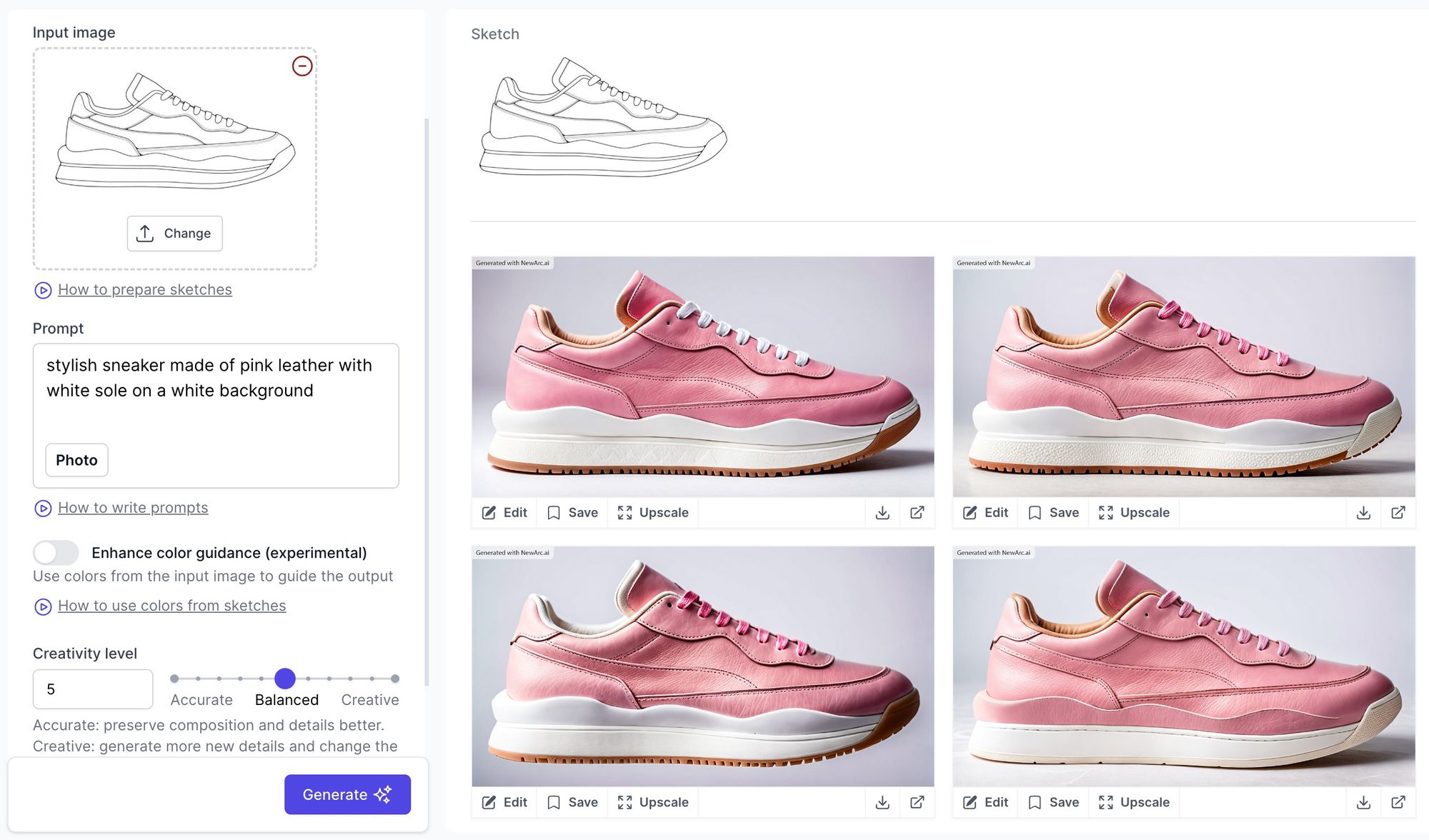
Step 2: Upload your initial image
Begin by uploading an input image to NewArc.ai. This can be anything from a hand-drawn sketch, a simple line drawing, or a photo of the product you’d like to redesign.
For this manual, we will use a shirt sketch created by CAD for Fashion:
Step 3: Describe your image
Provide a clear description of the key elements and specifics in your input image: try experimenting with colours, materials, styles and patterns. This helps guide the AI in generating images that match your vision. The more precise the description, the more accurate the result is likely to match your initial concept. Alternatively, the more vague the description, the more creative the results may turn out.
For the purpose of this demonstration, let’s imagine what Paris 2024 Olympics volunteer uniform shirt may look like.
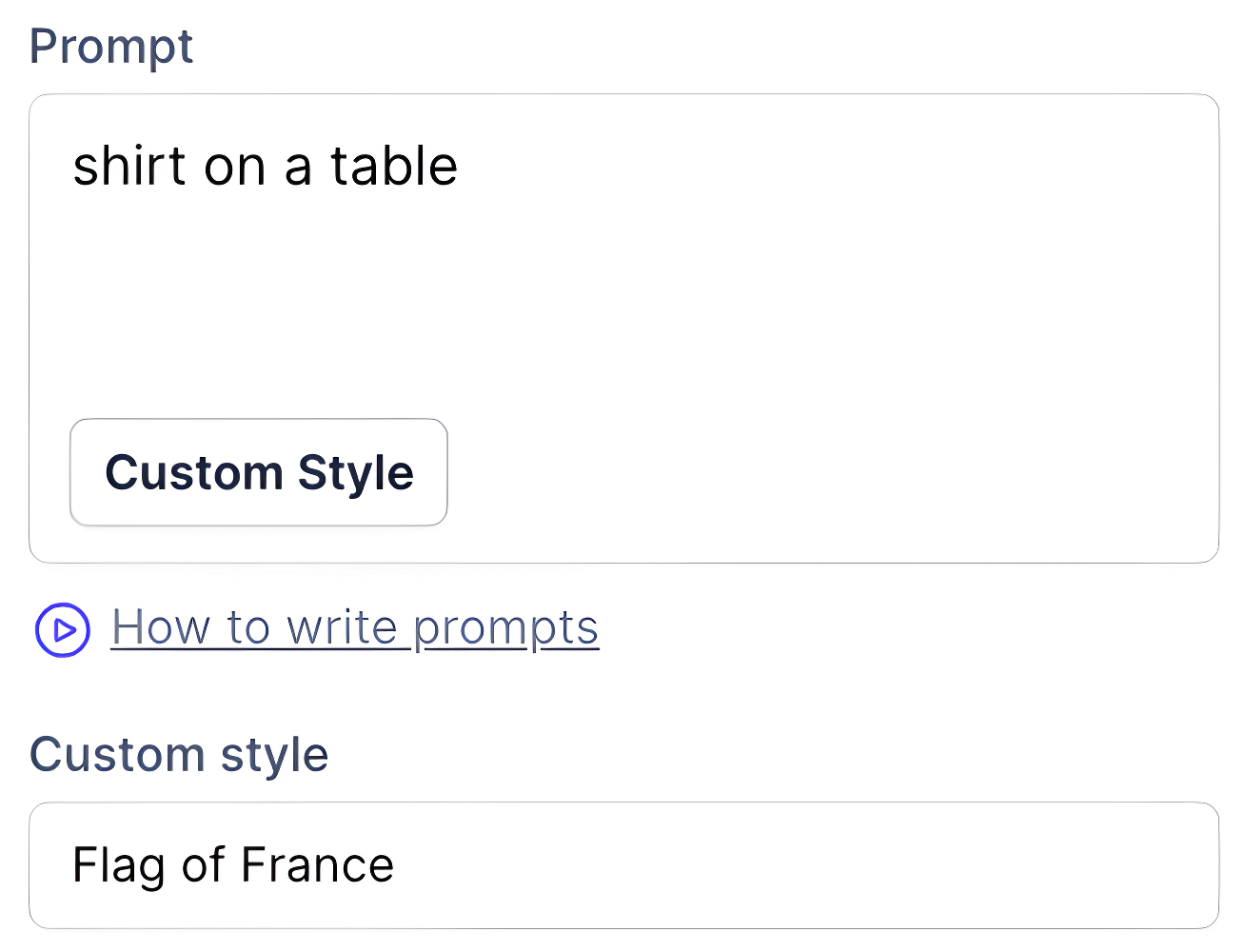
Step 4: Adjust your settings
Ensure even more control over your output by tweaking:
- The style of the visual. For a design project, it would typically be a photo or a 3D render, but you can also opt for more creative formats like line art or even custom style like we did – this is totally up to you and is defined solely by your project requirements.
- How creative you’d like the output to be. This setting allows you to define to which extent AI will follow the lines from the input image while generating images. In the “Accurate” mode, it will follow each and every line and curve, while with “Creative” it might not match the reference so precisely. This can lead to more diverse results, which often works best for the ideation phase.
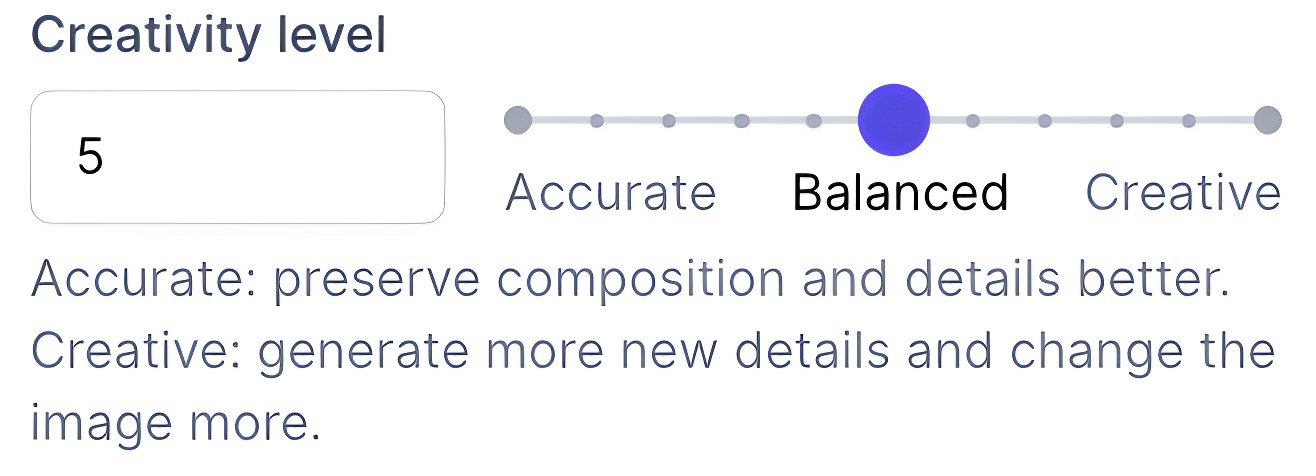
- What you would rather exclude from the image. In the “Negative prompt” tab, you can list the things you wouldn’t want in your designs, especially if you notice this feature coming up over and over again.
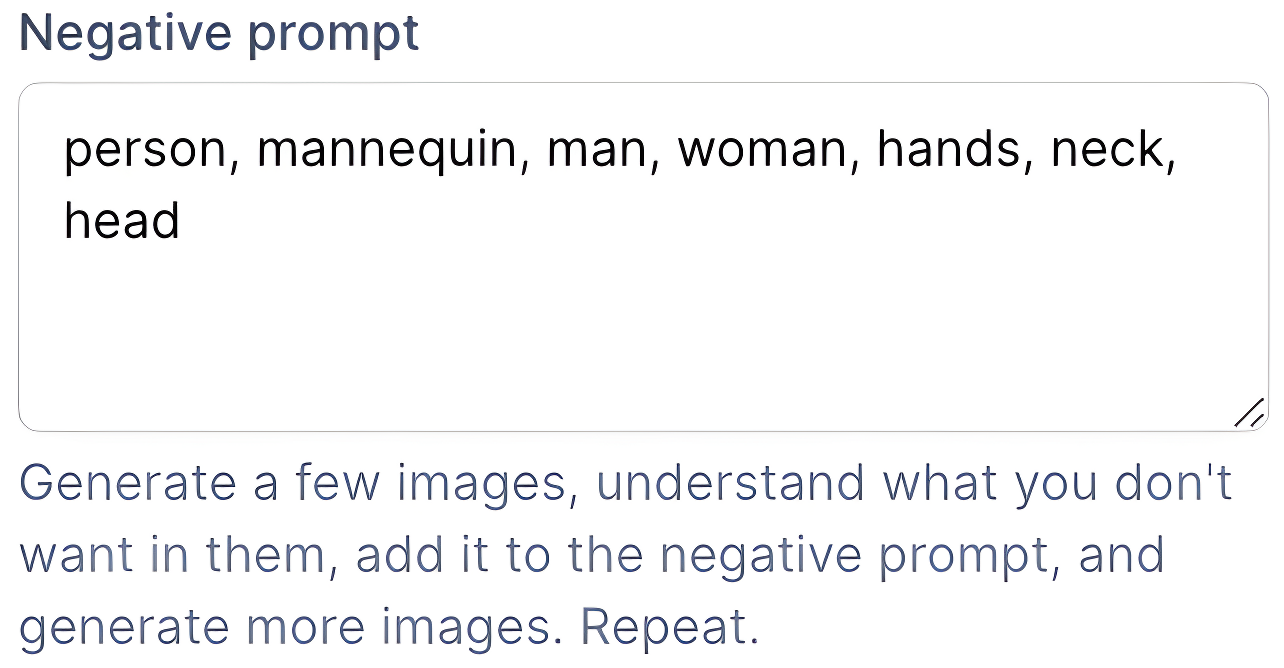
Step 5: Let the AI do the job
In just a few seconds, the tool will generate a series of images based on your description. At this stage, you can save the concepts that you like, and continue experimenting with the prompts to get even more variations.
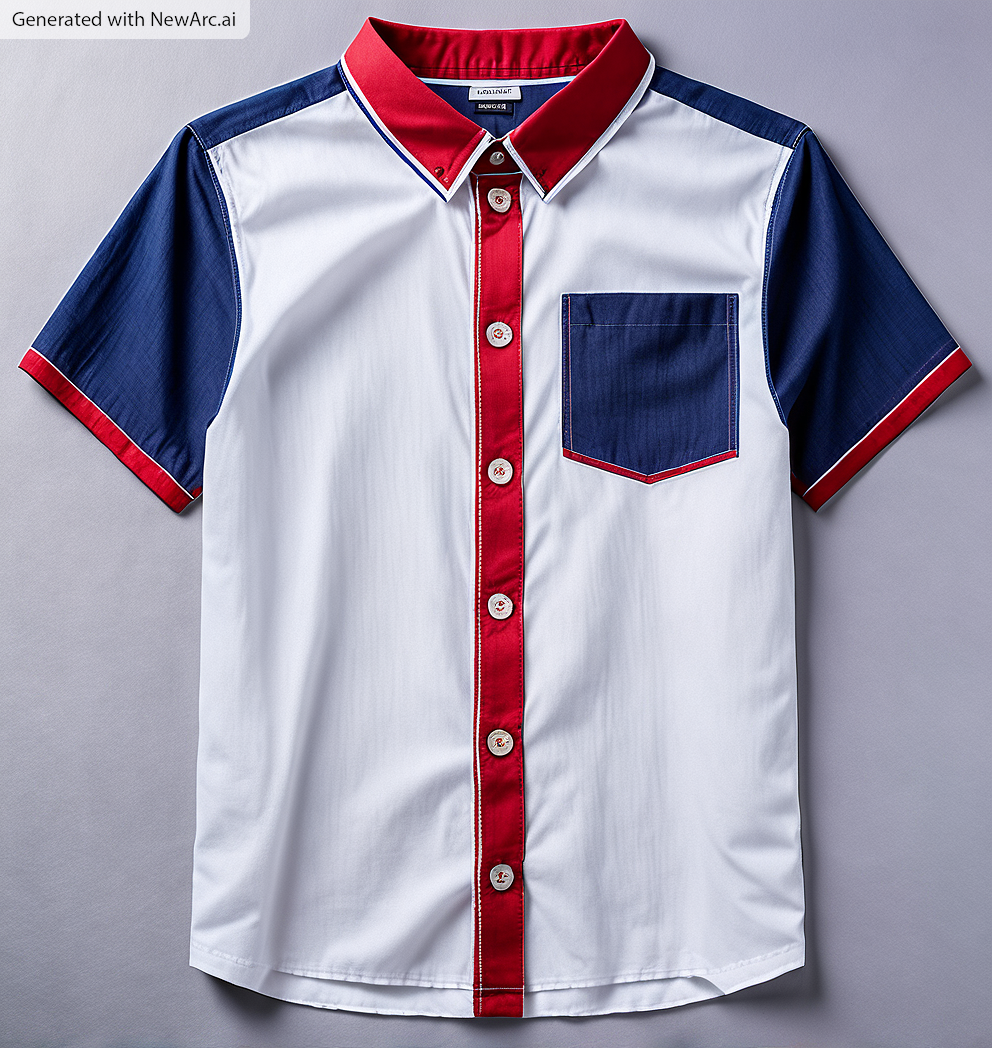
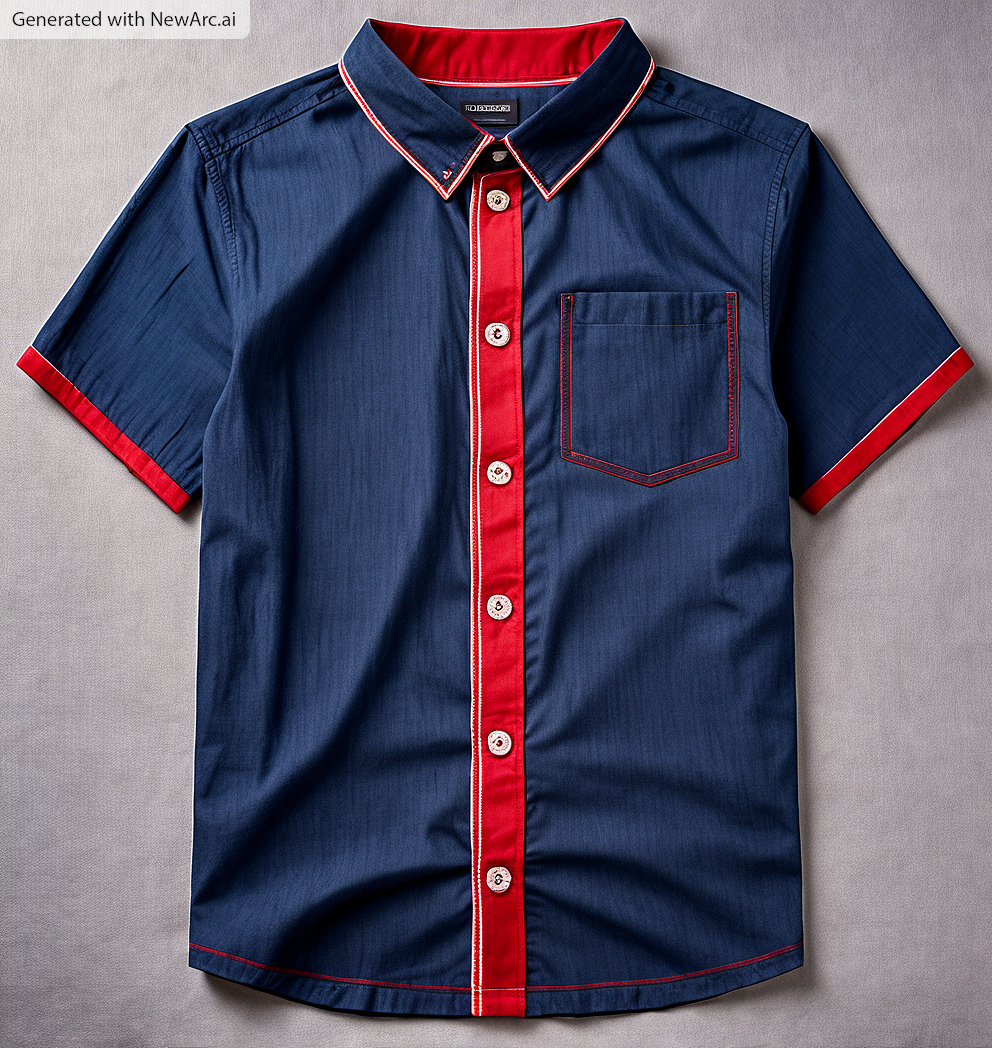
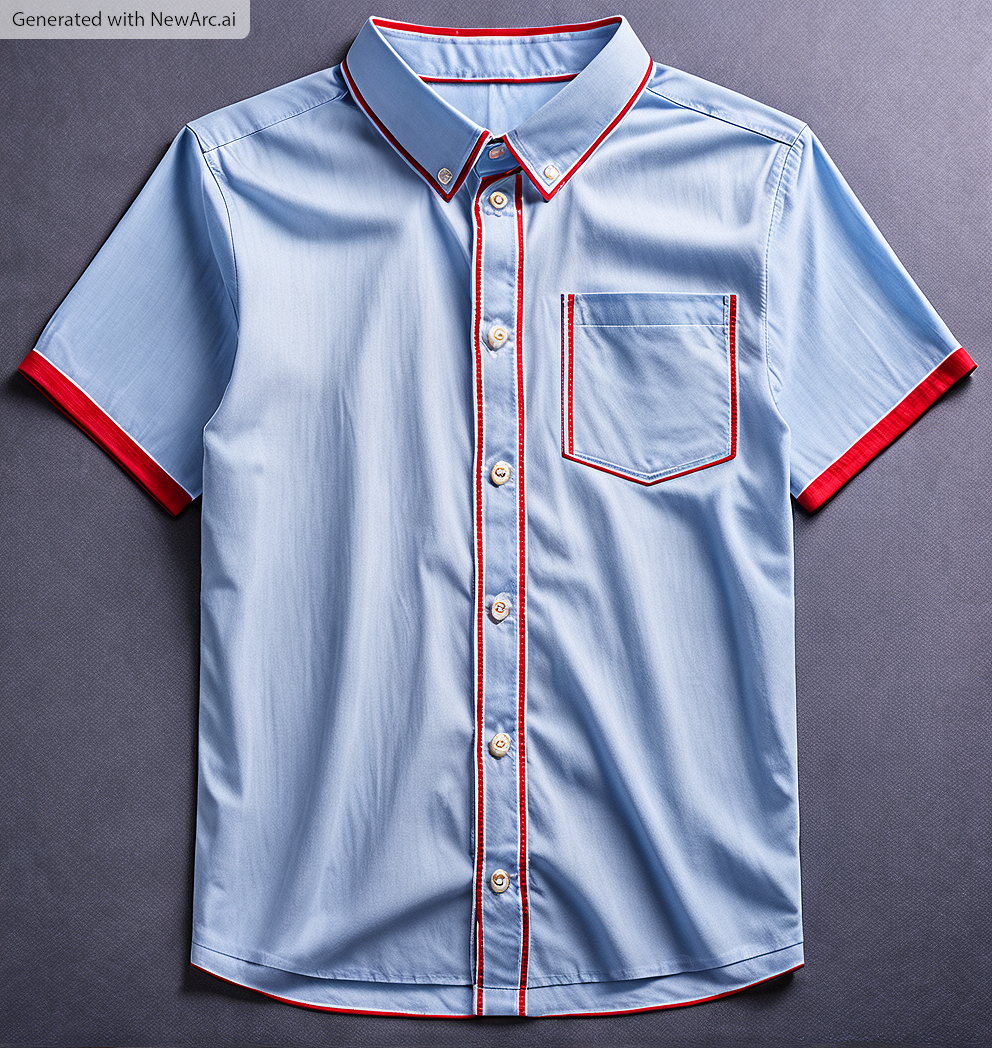
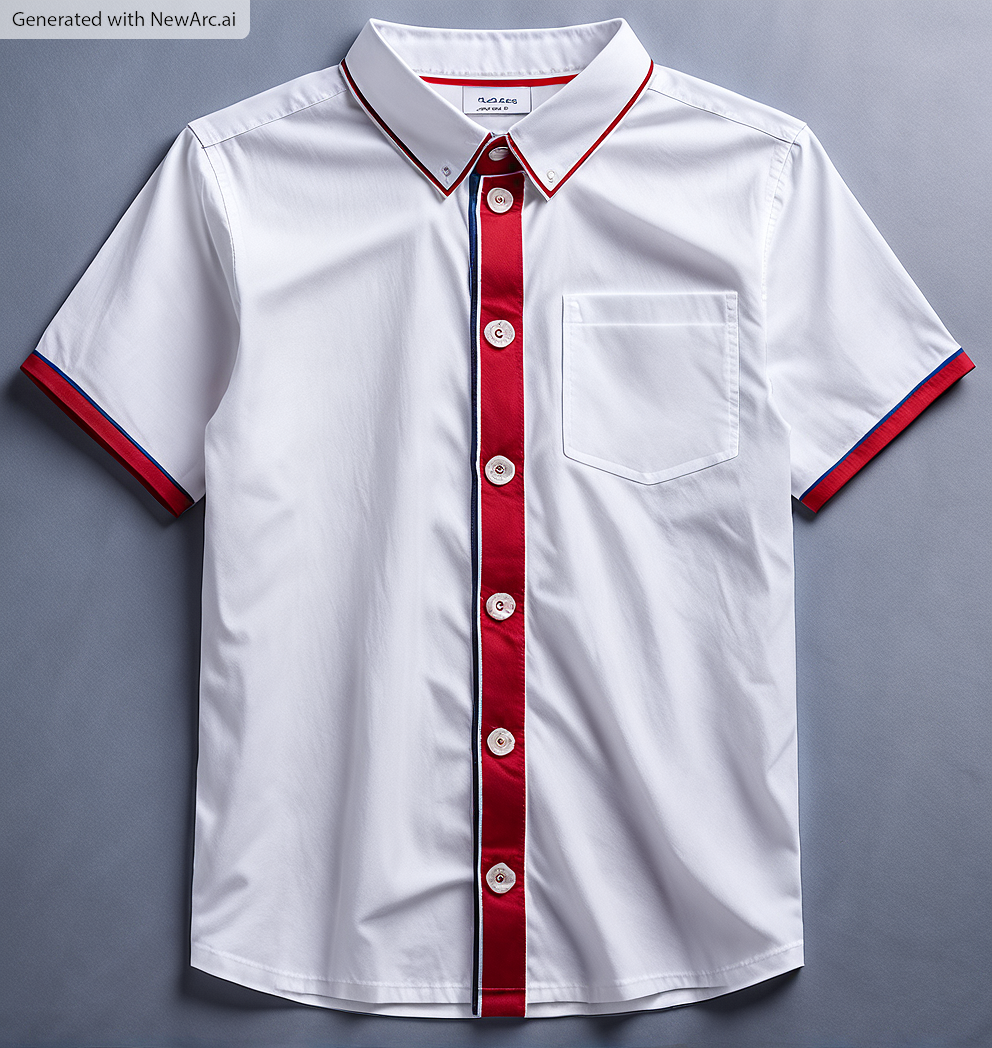
AI-generated shirts by NewArc.ai
Step 6. Fine-tune your favourites
Pick the concepts that best match your vision and tweak as needed. Sometimes you may want to merge the elements of two or three different concepts together – for example, if you like the overall design of image No.3, but would rather have it with the pocket from image No.1. Sometimes you may want to work on fixing the colours or the textures just a little bit, without scraping the whole concept. In any case, these alterations can be done:
- With Adobe Photoshop or similar programmes
- With NewArc.ai in-built editing tools.
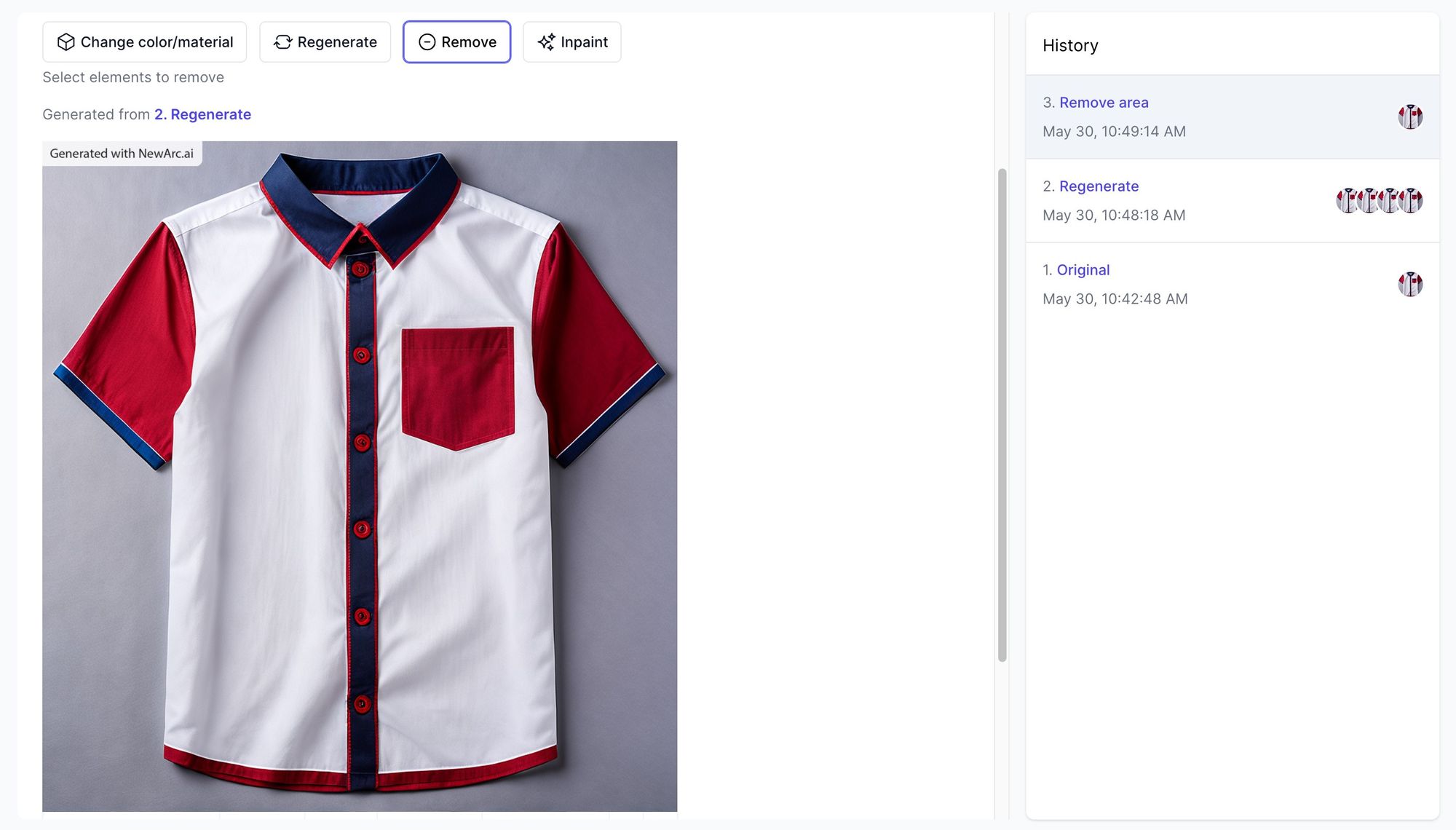
With the NewArc.ai Editing Tools interface, you can easily change the colours and materials of your design or its specific parts, using tools like brush and eraser – just like in any graphic program you may be familiar with.
Watch a short video demo to see how Newarc.ai turns design sketches into realistic visuals in seconds:
How NewArc.ai works
How NewArc.ai helps designers across the world
Bringing your creative ideas into life has never been easier. See for yourself!
Amalia de los Santos - Reinventing Swimwear and Sportswear Design
Amalia de los Santos, a Barcelona-based sportswear and swimwear designer, has been using NewArc.ai to transform her Adobe Illustrator sketches into striking visuals. Her journey with NewArc.ai highlights how the tool has enabled her to visualise designs in a more dynamic and realistic way, leading to innovative swimwear and sportswear collections. Amalia's Instagram posts reveal the evolution from sketches to final products, showcasing the tool's impact on her creative process.
Manaza Ishaque - Transforming Fashion Design
Manaza Ishaque, a Freelance Fashion Designer, offers a deeper insight into how NewArc.ai is revolutionising the fashion design process. Her detailed LinkedIn post explains the various ways the tool has been beneficial, including enhanced creativity, efficiency in design iterations, and the ability to rapidly prototype new apparel designs.
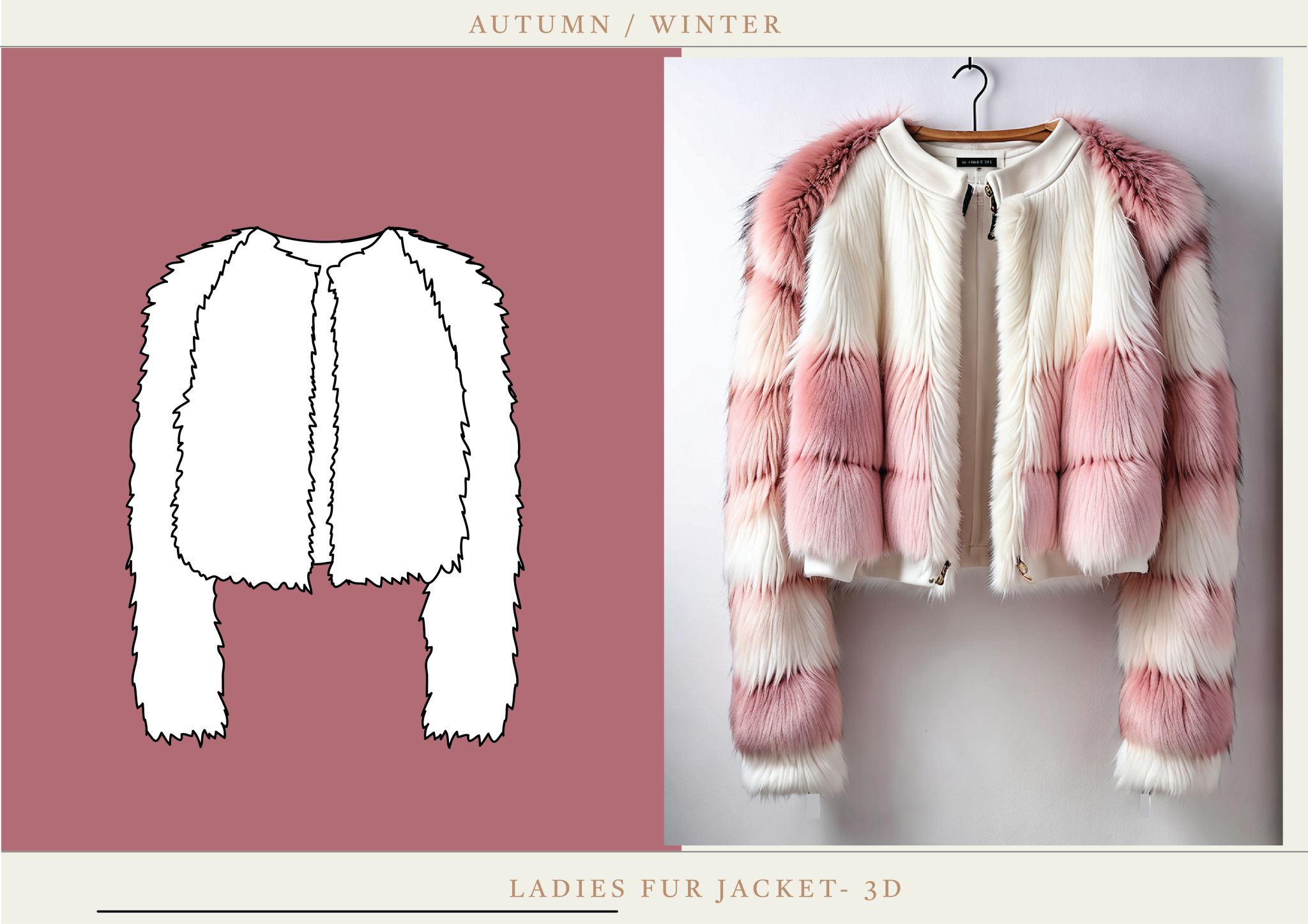
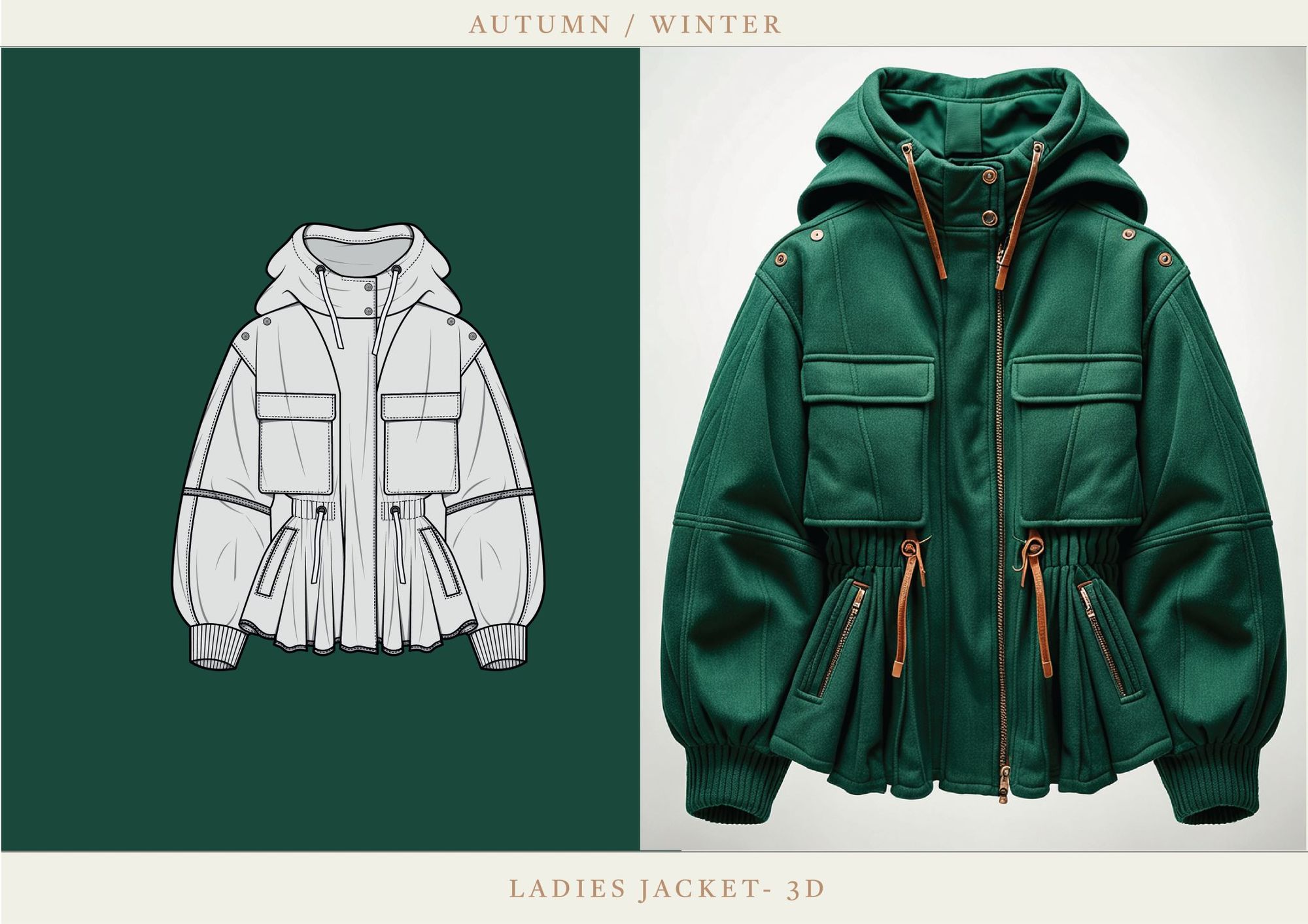
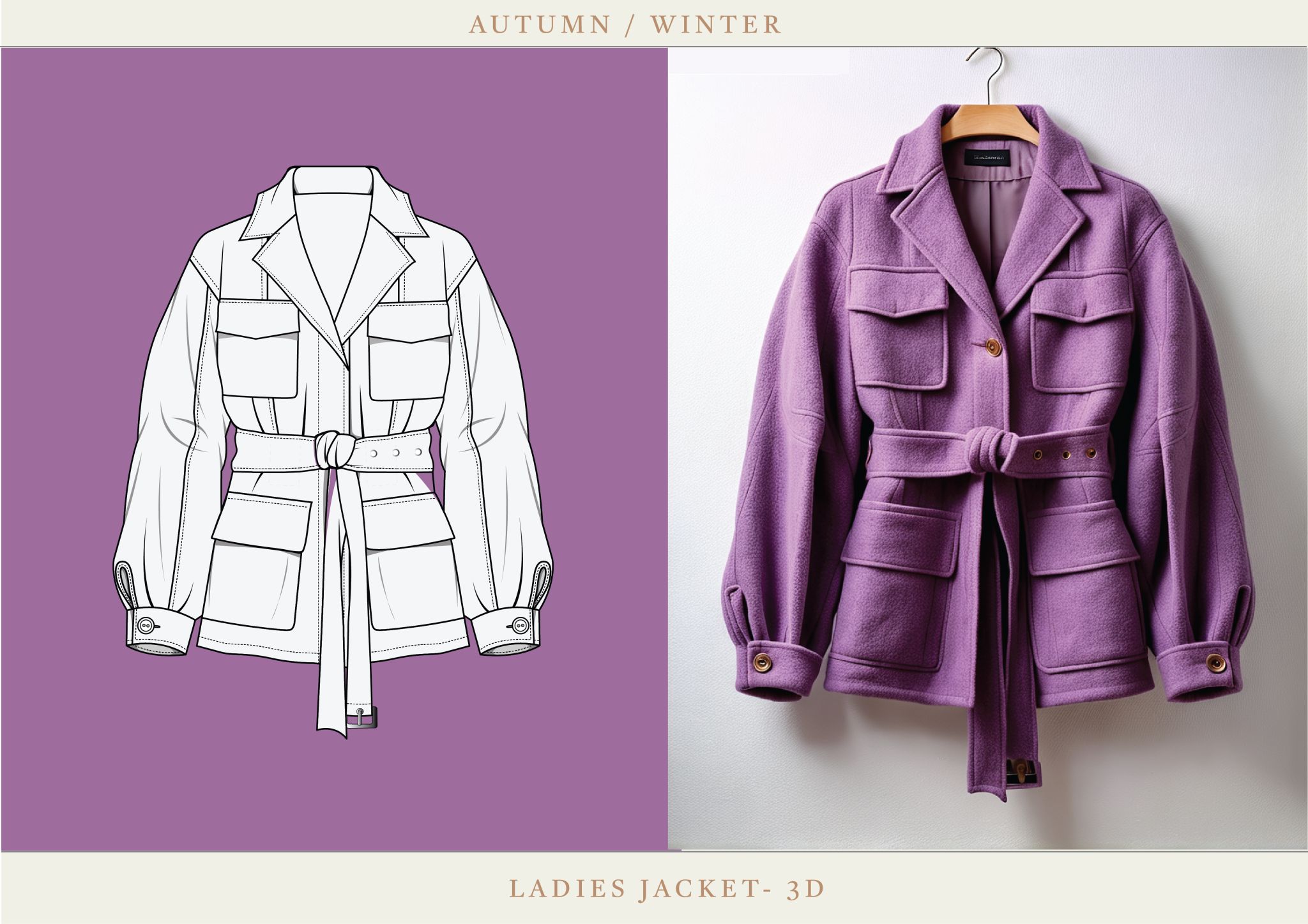
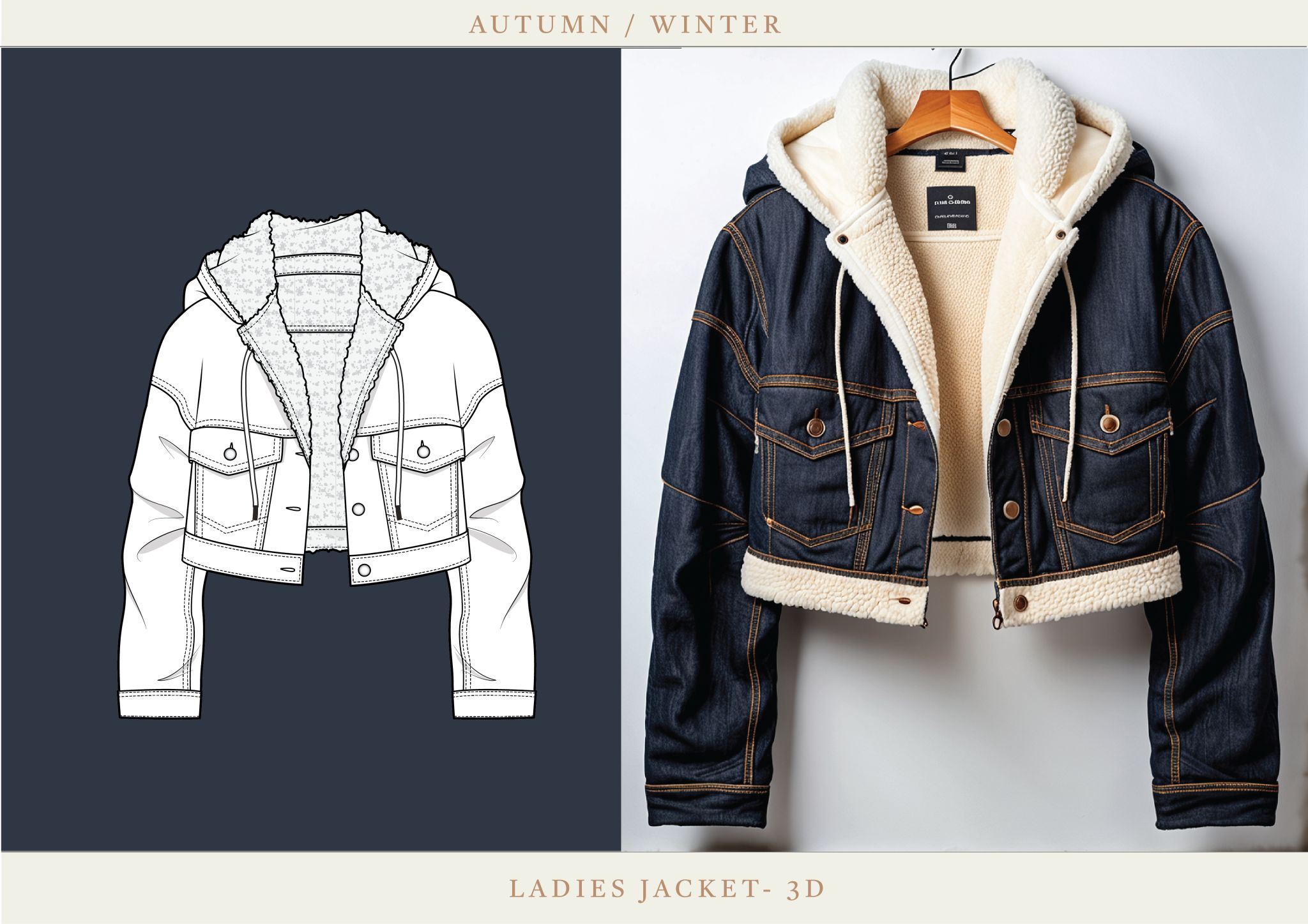
Manaza Ishaque's NewArc.ai Sketch to Image generation examples
Studio ROSADO - Crafting Fashion from Concept to Reality
A fashion designer from Poland, affiliated with Studio ROSADO, showcased the power of NewArc.ai in creating a bomber jacket. Starting with a flat drawing, the designer used the AI tool to experiment with aesthetics, colours, and materials, ultimately bringing the jacket to life. Her YouTube video demonstrates how NewArc.ai can be an essential tool in the fashion design process, from initial concept to final product creation.
NewArc.ai designed a bomber jacket that was sewn in an actual life
Practical tips and best practices for harnessing AI in design
Integrating AI into your design workflow can be a game-changer, especially when using AI-powered image creation platforms. To maximise the benefits of AI image generation tools, here are some practical tips and best practices:
1. Start with clear objectives
Define what you want to achieve with AI in your design workflow. Are you looking to speed up the ideation process, enhance the detail in your designs, or explore new creative avenues? Setting clear goals will help you focus your efforts effectively.
2. Blend AI with traditional techniques
While AI offers powerful capabilities, it works best when combined with traditional design skills and techniques. Think about AI as a tool that you can use in your workflow: It won't substitute all stages of the process, but it can help you facilitate and speed up a huge part of it. Use AI as a complement to your skills to create truly unique and innovative designs with less manual work.
3. Utilise AI for rapid prototyping
AI-powered image creation can be an invaluable asset for rapid prototyping in product design. It allows you to quickly visualise and iterate on ideas, speeding up the development process and enhancing creativity.
4. Explore new styles and concepts
AI can generate a wide range of creative visuals, some of which might be new or unexpected. Use this to your advantage to explore new design territories, especially in fashion and product design.
5. Experiment and learn from mistakes
Don’t be afraid to experiment with different AI features and settings. Each project can be a learning opportunity, helping you understand how to better integrate AI into your workflow.
6. Balance Creativity and Practicality
While AI can push the boundaries of creativity, it’s essential to balance this with practical considerations like production feasibility and market preferences, especially in product and fashion design.
7. Leverage AI for Effective Communication with Clients and Stakeholders
AI-generated images can be a powerful tool for conveying your design ideas to clients and stakeholders. Use these visuals to present concepts in a more tangible and compelling manner. This approach can aid in bridging the gap between abstract ideas and practical realisations, making it easier for clients to understand and appreciate your vision.
Conclusion: leveraging AI in design workflows
As we've explored throughout this guide, the integration of AI into the world of design is no longer a futuristic concept; it's a present-day reality transforming how we approach creativity. The journey from turning sketches into images to fully automating creative processes has been significantly accelerated by AI-powered image creation tools, offering unparalleled opportunities for designers in various fields.
The key takeaway for designers is the value of AI as a tool for enhancing both creativity and efficiency. In product design, AI enables a more rapid iteration of ideas, bringing concepts to life in a fraction of the time it would take manually. In the fashion industry, AI solutions are reshaping how designers approach fabric selection, style experimentation, and trend forecasting, allowing for more informed and innovative design decisions.
To designers embarking on this journey, the message is clear: embrace AI, experiment with its capabilities, and use it to complement your unique creative vision. Whether it's refining a product design with artificial intelligence or leveraging fashion industry AI solutions for the next big trend, the future of design is bright, innovative, and AI-powered.
As we close this guide, remember that the most successful designs of tomorrow will be those that skillfully combine human imagination with the precision and power of AI. The future of design is here, and it's time to be a part of it.
Embark on your AI design journey now with NewArc.ai.
